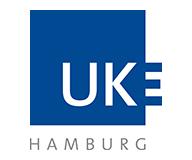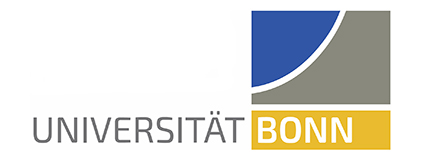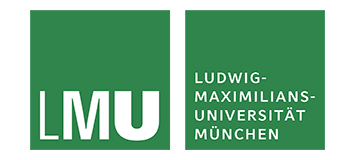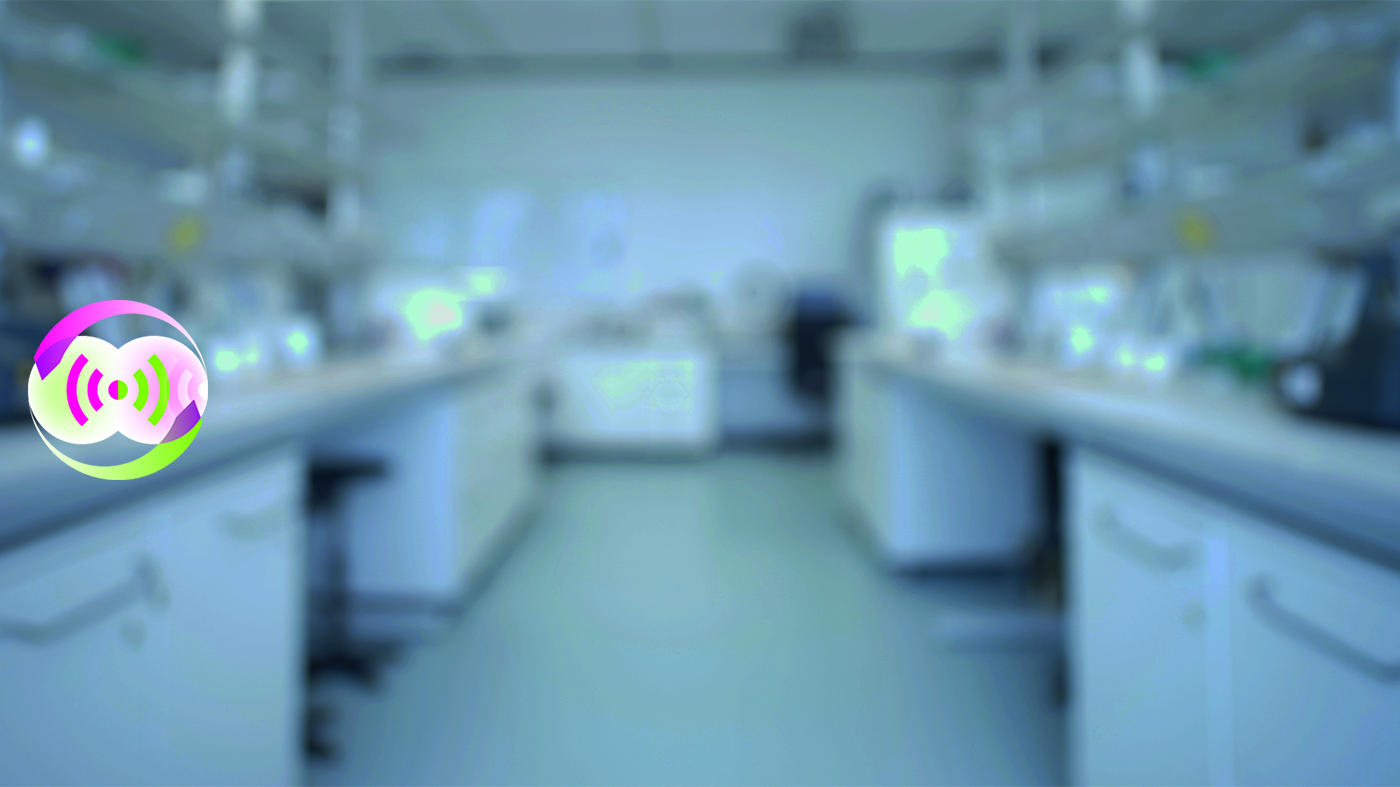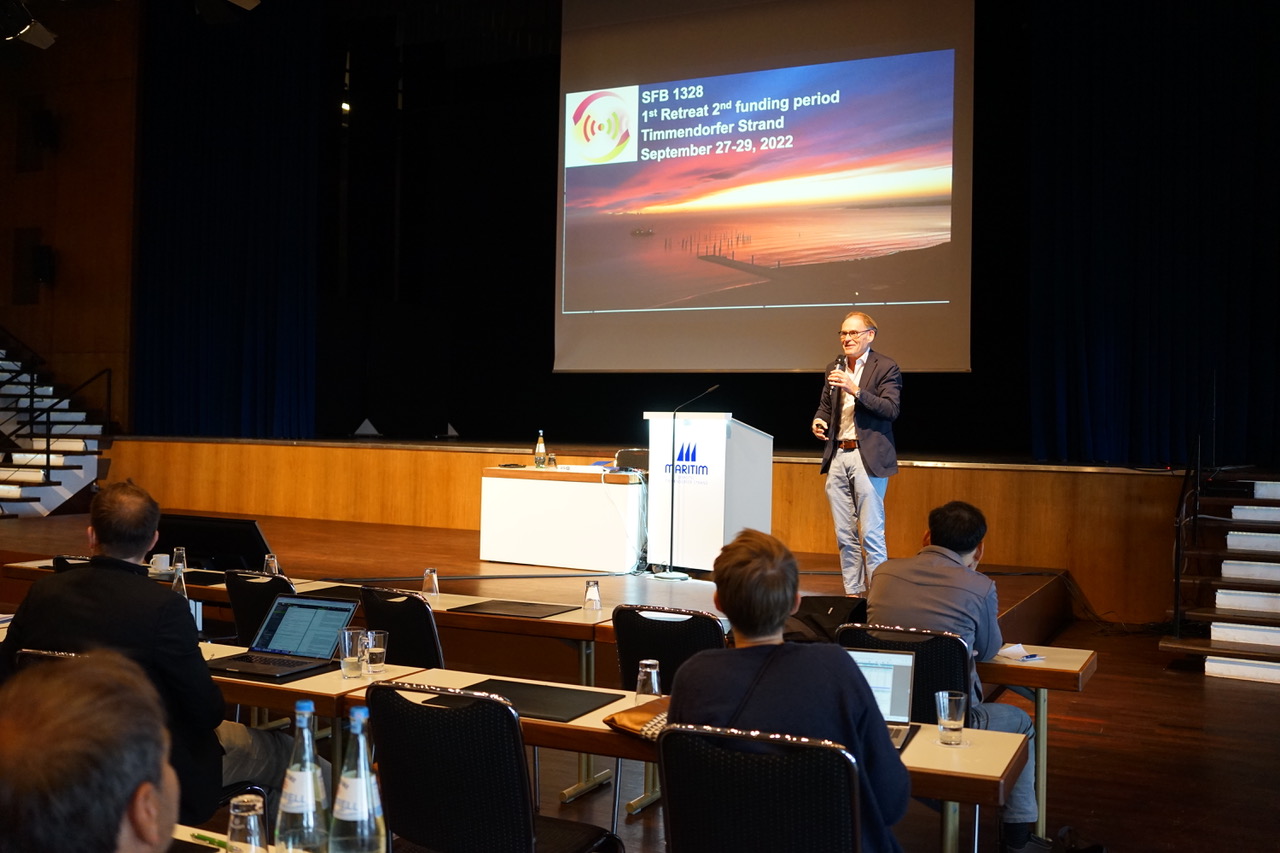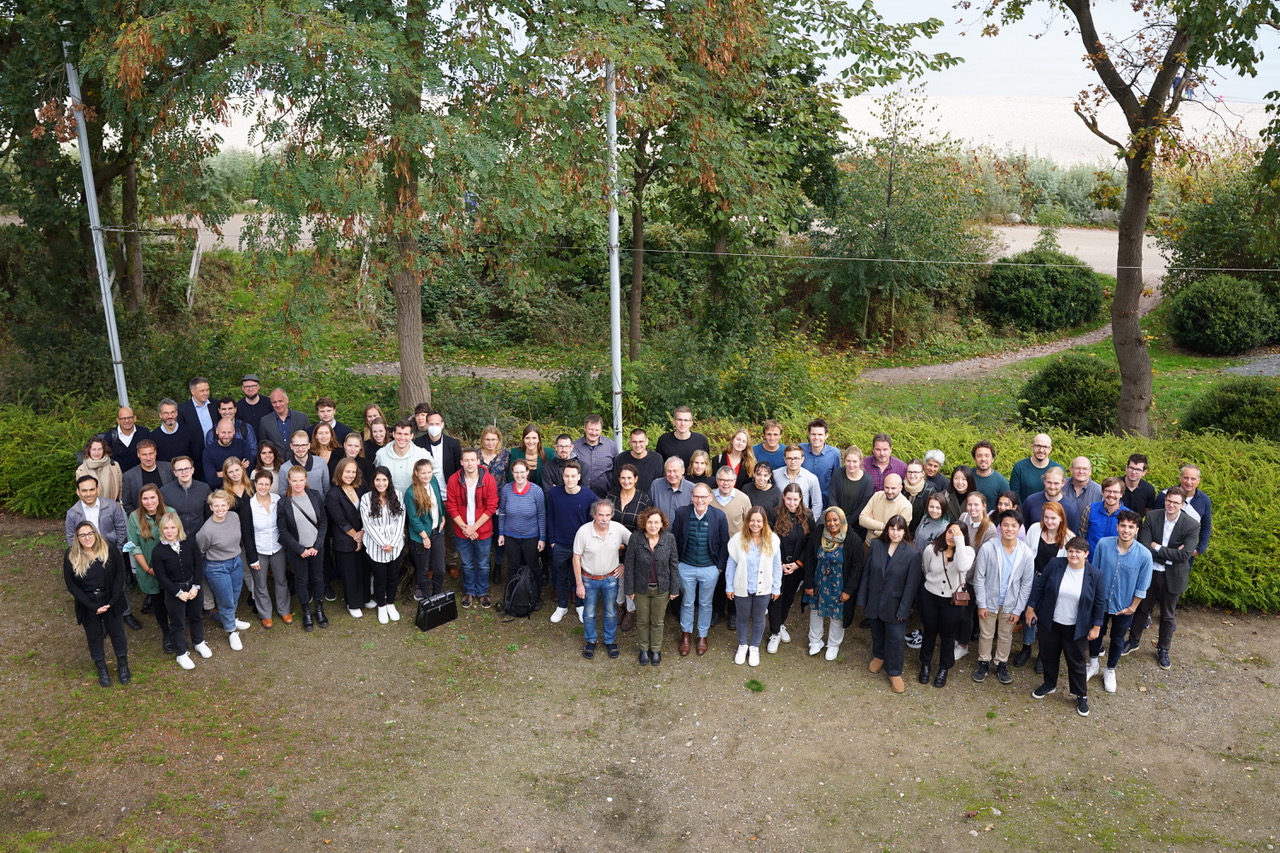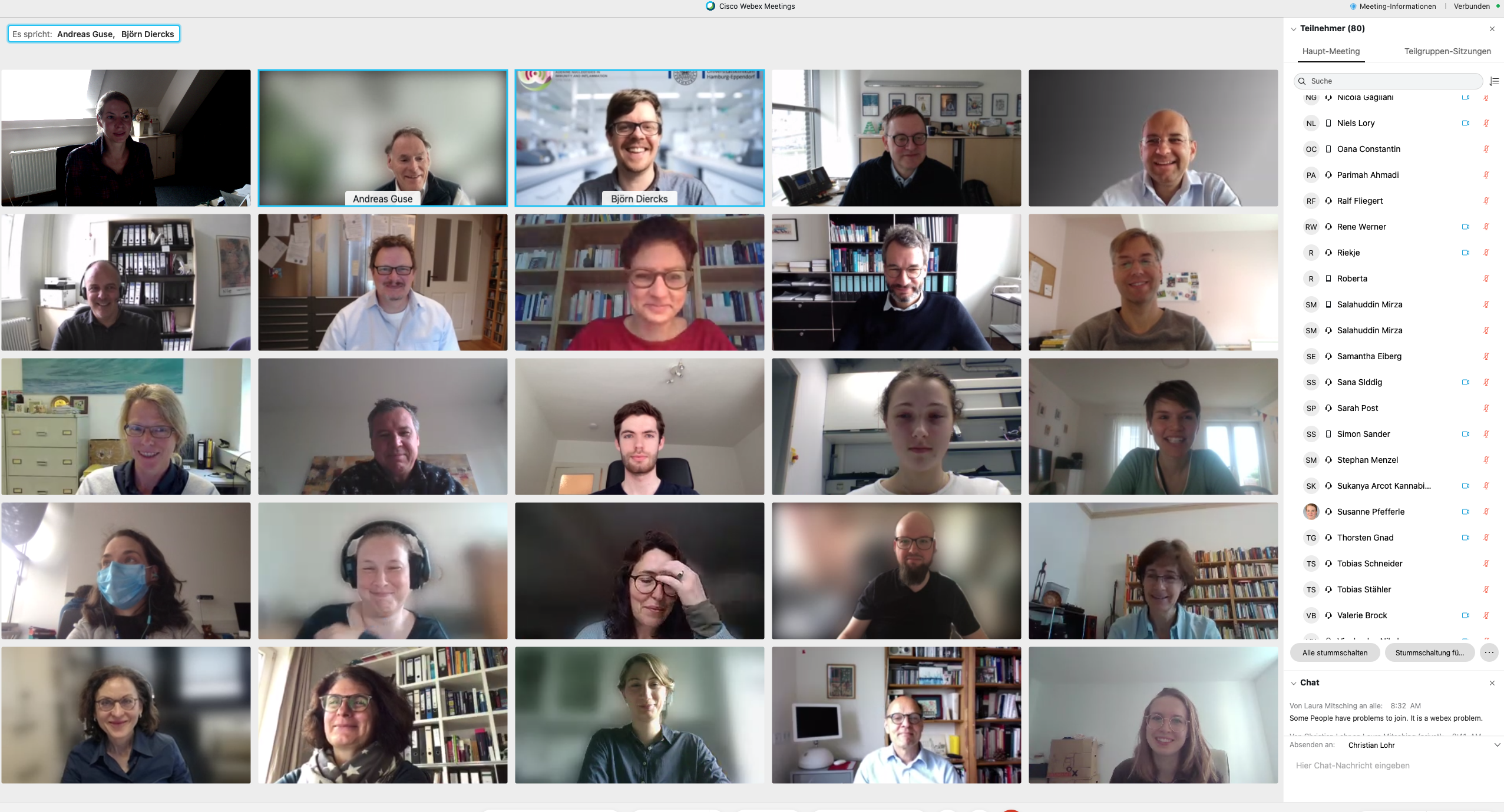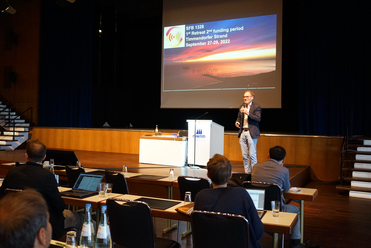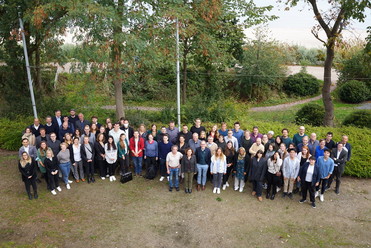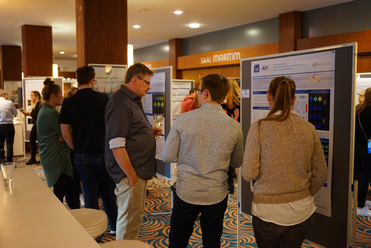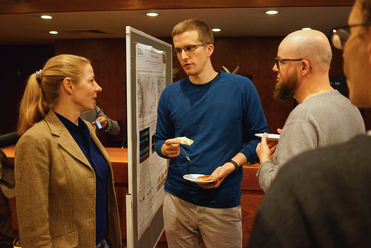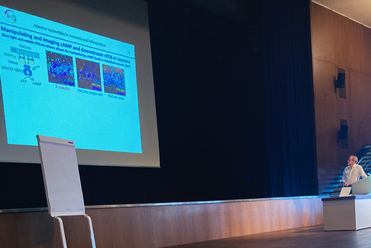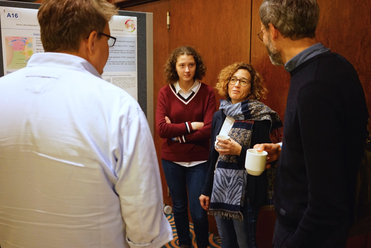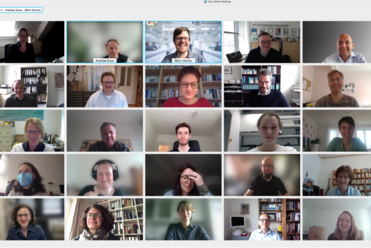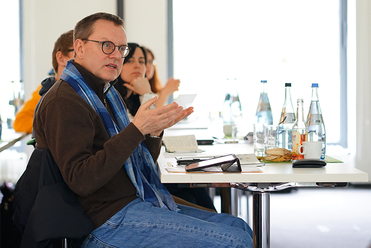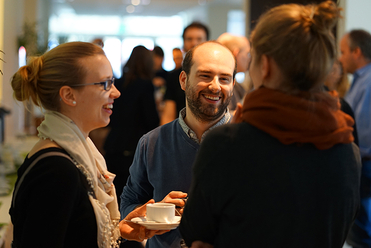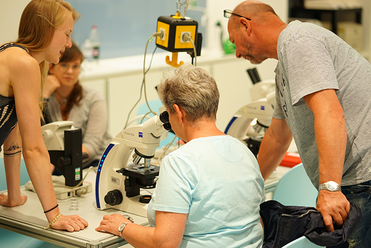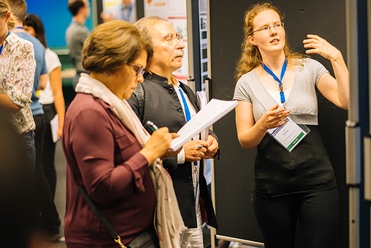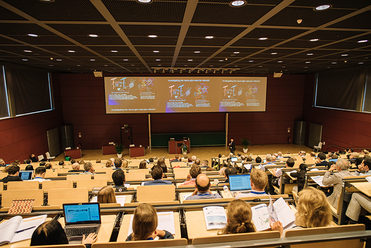INTRODUCTION MOVIE
PROJECT MOVIES
For direct access to project movies please click on the following links: A01, A02, A03, A04, A05, A06, A07, A10, A11, A12, A13, A14 and A15.
SFB1328
Extracellular and intracellular adenine nucleotides (AN) impact on all central processes in biology and medicine. AN are essential and ubiquitous signaling molecules involved in regulating universal cellular processes, including (i) cell-cell communication and (ii) intracellular signaling.
Unresolved issues regarding the signaling function of extracellular AN in inflammation, e.g. adenosine triphosphate (ATP) or nicotinamide adenine dinucleotide (NAD), relate to the timing and location of their release, their conversion by ecto-enzymes, and their biological role within the balance of inflammatory processes. Likewise, the precise role of intracellular AN second messengers, e.g. nicotinic acid adenine dinucleotide phosphate (NAADP) or 3’,5’-cyclic adenosine monophosphate (cAMP), in the spatio-temporal control of signaling processes by forming or modulating microdomains with their metabolizing enzymes, specific binding proteins or receptors, or target ion channels remains largely unknown.
The central goal of the research consortium is to further our understanding of the regulatory roles of AN and their kinetics in the context of inflammatory diseases. Specific aims relate to (i) modulation of the balance between pro- and anti-inflammatory processes by AN converting ecto-nucleotidases and purinergic receptors, and to (ii) AN-driven intracellular calcium signaling and cAMP signaling in inflammation.
AWARD
Congratulations to Dr. Riekje Winzer (Project A14) for being awarded the "Heinrich Netheler-Promotionspreis für Molekularbiologie" by the Freundes- und Förderkreis des UKE!
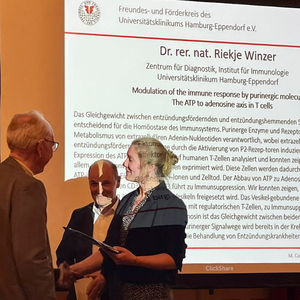
AWARD
Congratulations to Prof. Dr. Julian Schulze zur Wiesch (Project A12) for being awarded, among others, with the "Preis der Deutschen Hochschulmedizin 2023"! The scientists from the university hospitals in Hamburg, Düsseldorf, Erlangen and Cologne were honored for the successful treatment of a patient suffering from leukemia and the HI virus.
BEST SHORT-TALK
Congratulations to M.Sc. Franziska Möckl (Project A02) for being awarded the best Short-Talk presentation at the 10th ECS Workshop on "the Ca2+ signaling toolkit in cell function, health and disease".
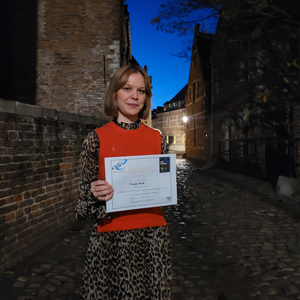
For further announcements see:
LATEST PUBLICATION
Wendlandt M, Kürten AJ, Beiersdorfer A, Schubert C, Samad K, Sauer J, Pinot MC, Schulz K, Friese M, Gee CE, Hirnet D, Lohr C. A2A adenosine receptor-driven cAMP signaling in olfactory bulb astrocytes is unaffected in experimental autoimmune encephalomyelitis. Front Immunol. 2023 Nov 06.
Zhang HJ, Ociepa M, Nassir M, Zheng B, Lewicki SA, Salmaso V, Baburi H, Nagel J, Mirza S, Bueschbell B, Al-Hroub H, Perzanowska O, Lin Z, Schmidt MA, Eastgate MD, Jacobson KA, Müller CE, Kowalska J, Jemielity J, Baran PS. Stereocontrolled access to thioisosteres of nucleoside di- and triphosphates. Nat Chem. 2023 Oct 19.
Siracusa F, Schaltenberg N, Kumar Y, Lesker TR, Steglich B, Liwinski T, Cortesi F, Frommann L, Diercks BP, Bönisch F, Fischer AW, Scognamiglio P, Pauly MJ, Casar C, Cohen Y, Pelczar P, Agalioti T, Delfs F, Worthmann A, Wahib R, Jagemann B, Mittrücker HW, Kretz O, Guse AH, Izbicki JR, Lassen KG, Strowig T, Schweizer M, Villablanca EJ, Elinav E, Huber S, Heeren J, Gagliani N. Short-term dietary changes can result in mucosal and systemic immune depression. Nat Immunol. 2023 Aug 14.
Weiß M, Hernandez LC, Gil Montoya DC, Löhndorf A, Krüger A, Kopdag M, Uebler L, Landwehr M, Nawrocki M, Huber S, Woelk LM, Werner R, Failla AV, Flügel A, Dupont G, Guse AH, Diercks BP. Adhesion to laminin-1 and collagen IV induces the formation of Ca2+microdomains that sensitize mouse T cells for activation. Sci Signal. 2023 Jun 20;16(790):eabn9405.
Hosang L, Löhndorf A, Dohle W, Rosche A, Marry S, Diercks BP, Müller-Kirschbaum LC, Flügel LT, Potter BVL, Odoardi F, Guse AH, Flügel A. 2-Methoxyestradiol-3,17-O,O-bis-sulfamate inhibits store-operated Ca2+ entry in T lymphocytes and prevents experimental autoimmune encephalomyelitis. Biochim Biophys Acta Mol Cell Res. 2023 Aug;1870(6):119485.

